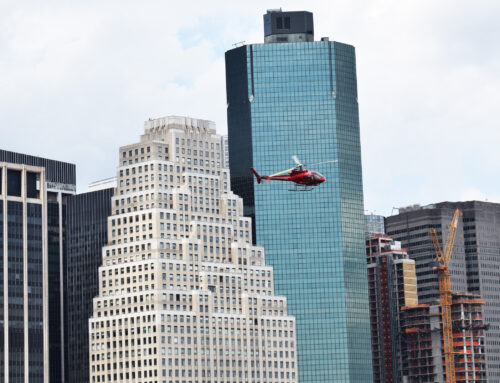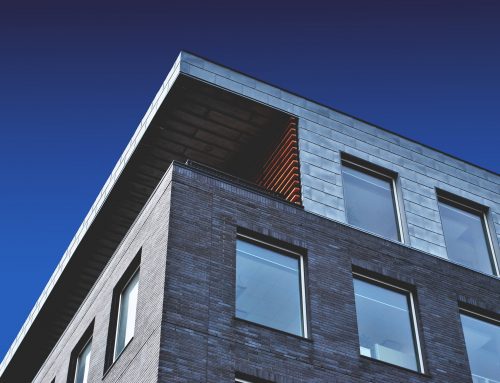Home ownership has dominated the housing affordability discussions in Sydney since the turn of the century. However, despite the increased Sydney rental vacancy now, this is about to change.
Renting in Sydney is becoming the norm
Poor government policy, rapid population growth and funding restrictions will fast see rental demand and skyrocketing rental prices dominating the agenda. No longer will we be asking, how will our kids afford to buy their own home. The question will be whether or not they will be able to afford a roof over their head at all.
Home ownership in Sydney is on the decline, but still at twice the level of New York and well ahead of other major global cities such as London, New Delhi, Hong Kong and Tokyo all which see home ownership below 50%. This would suggest the current downturn in prices will not last for long. Recent market conditions and the constant media negativity in relation to Sydney property prices has seen investors sit on their hands for most of 2018. Speak to your local real-estate agent and they will confirm the same across the greater Sydney area.
Will rental affordability become an issue?
It is clear that the lack of investors in the current market will have an impact on rental availability and sequentially rental prices in the next 12 to 18 months. Rental prices are not in the media at the moment because currently, we have seen a slight increase in vacancy rates due to the apartment saturation in Sydney putting renters on the front foot. April figures showed availability increase by 0.3% across the Sydney metropolitan area, bringing the vacancy rate to levels last seen in September 2012. This, however, will be short-lived as the Sydney market starts to absorb the over-supply of apartments. At the same time tenants are demanding more rights, a better service and a better overall product, but like all of us do not wish to pay more.
Recently on SBS’ The Feed, there was a report about a recent NSW government decision not to change laws in regards to a landlord’s right to terminate a lease with no grounds. In the report, Leo Patterson Ross of the Tenants Union of NSW was saying that tenants are very vulnerable and as we see renting in general increase, a more modern approach to renting will be adopted. Maybe so, but investors are also demanding more for their money. It is unlikely improved tenant conditions will be without the increase in cost associated with an improvement of any product or service. The Government already has rental subsidy programs in place such as the National Rental Affordability Scheme (NRAS). NRAS is an income-tested program which provides an incentive to developers and investors to provide more affordable rental properties. Developers can have additional apartments approved as long as they commit to the scheme for a minimum of 10 years and investors receive a rebate to offer these properties at up to 20% below market rent to eligible tenants.
Difficult decisions and simple solutions
As a city we need to make a decision; How serious are we about housing affordability? The fundamental issue at play is, those who are advocating for lower cost of housing and better rental affordability are the same people advocating for:
• lower density developments • fewer development approvals • higher population growth • more costly red tape for development and; • more tenant rights all of which will increase the cost of housing and rent.
The solution is not entirely so complex. We either curb demand or increase supply, but we cannot have our cake and eat it too. Strong leadership and a clear agenda are required in this area or we risk seeing rental prices increase to investors delight and tenants despair.






Leave A Comment